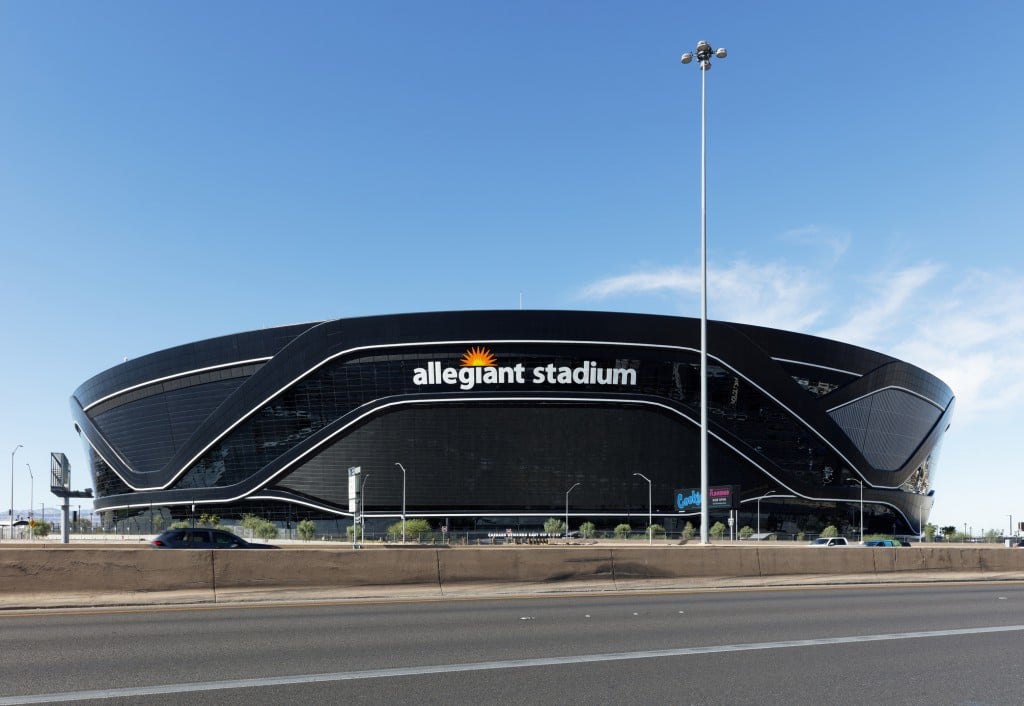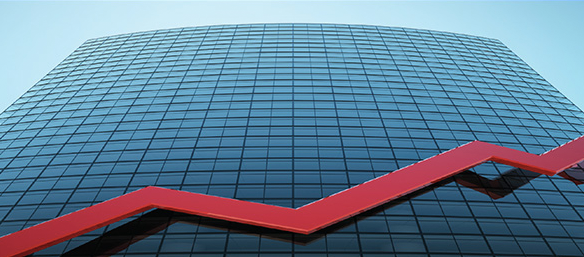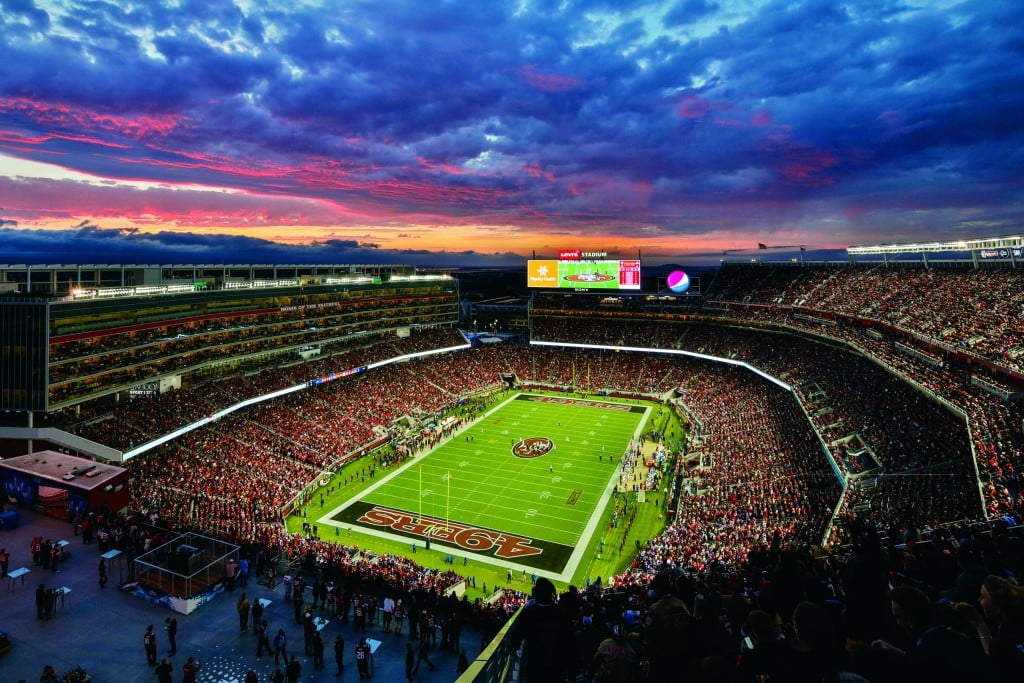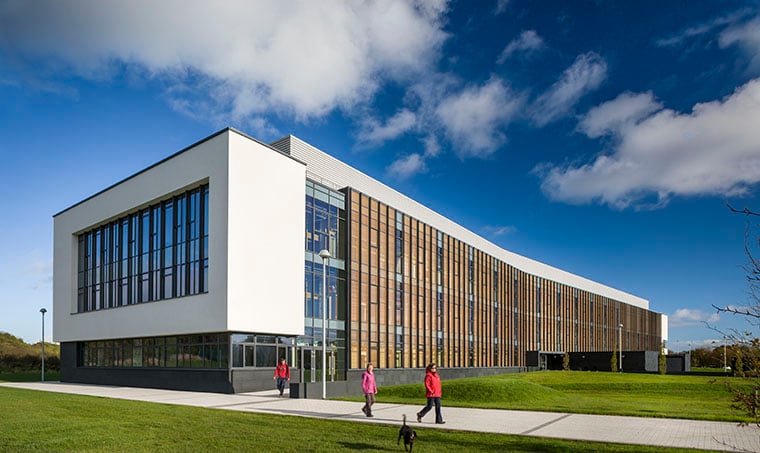Working Outside the Box: Pros, Cons of Open-Plan Offices
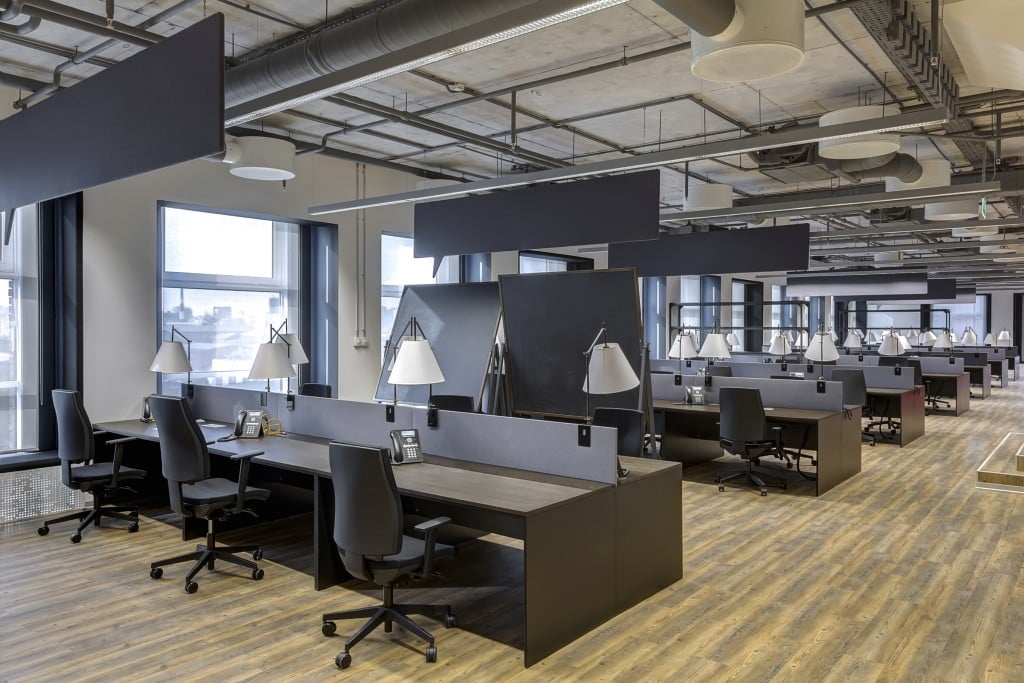
 |
|
Lehrer |
The open-plan office spaces now ubiquitous across many industries are a source of annoyance for some people, especially those who prefer freedom from distractions, and for those who want to control their interactions with others. Generally speaking, research suggests that people in open-plan offices are less happy with their workspaces overall, and may be more likely to call in sick. For example, through analysis of occupant survey data from hundreds of buildings, University of California, Berkeley’s Center for the Built Environment (CBE) found that people in enclosed offices are generally more satisfied with their workspaces than people in open-plan offices (by about one point on a seven-point scale). Another study, conducted in Denmark, shows that people who work alone in their offices are less likely to be exposed to colds and flus from coworkers, not surprisingly.
However, these studies focus on singular questions that lend themselves to scientific inquiry. What we understand less are the potential benefits that may come from greater interaction between individuals (as these are significantly more difficult to measure): the “creative collisions” that lead to innovations and overheard conversations that inform us about what colleagues are working on. Some junior employees say they like the fact that they can learn from managers’ phone conversations with customers. As Dan Huttenlocher, dean and vice provost at Cornell Tech, is quoted in a recent New York Times article on creative university environments, “Sometimes you need to be in a box to concentrate, but to always sit in a little box is a problem.”
Many anecdotes describe innovations that resulted from chance interactions. In her book, “Quiet: The Power of Introverts in a World That Can’t Stop Talking,” Susan Cain describes an early experience of Apple cofounder Stephen Wozniak. At a meeting of computer nerds in a Menlo Park garage, Wozniak got the initial inspiration to build a prototype computer that led to the first Apple computer.
While Wozniak’s “aha moment” came from a chance meeting with others, he did the work of designing and building the prototype alone. The story reveals that the question of whether open offices work for people cannot be oversimplified as a binary choice of a wide-open workplace versus cellular offices. Indeed, today’s successful workspace designs represent a continuum from open to closed, with a wide gray band in the middle.
The U.S. General Services Administration (GSA), which provides workspace for over one million federal workers, is investigating ways to make workspaces better suited for the specific missions of tenant organizations. Kevin Kelly, senior architect with GSA’s Total Workplace program, feels that the pushback about open offices has been a result of a one-size-fits-all mentality. The criticisms against open-plan workspaces should not necessarily be seen as cries for enclosed spaces, but rather telling us that individual needs are not being met. In workplace design, Kevin agrees with the adage that “variety is the spice of life,” and feels that workplace design has erroneously tried to force open-plan designs regardless of its appropriateness to the tenant and tasks at hand. Though even in offices where concentrated focus is needed, such as in research laboratories, Kevin and his colleagues hear requests for support of collaboration and feedback, though in a controlled fashion.
Age and expectations are important considerations related to open versus closed offices. Qualitative research conducted by faculty at Aalto University found that younger workers are more accepting of the trade-offs inherent in open-plan offices. While they were aware of the issues in open offices, they did not see these purely in a negative way and viewed them as “fair trade‐offs for some greater good.”
Examples of workspaces that successfully meet the needs of employees, including both open-plan and enclosed spaces, are demonstrated by the winners of the Livable Buildings Awards. To qualify for the award, projects have to excel in terms of verifiable occupant satisfaction as measured by an online occupant survey. While these projects vary, many consist largely of open-plan spaces. They succeed by providing spaces that meet the needs of occupants: enclosed phone booths, conference rooms, and quiet spaces for heads-down work. By matching the design of workspaces to the tasks, expectations, and culture of employees, we can make better choices from the range of open to closed workspaces.
This piece is excerpted from a longer forthcoming article.
About the Author
David Lehrer serves as communications director and as a member of the research team at the University of California’s Center for the Built Environment in Berkeley, Calif.
